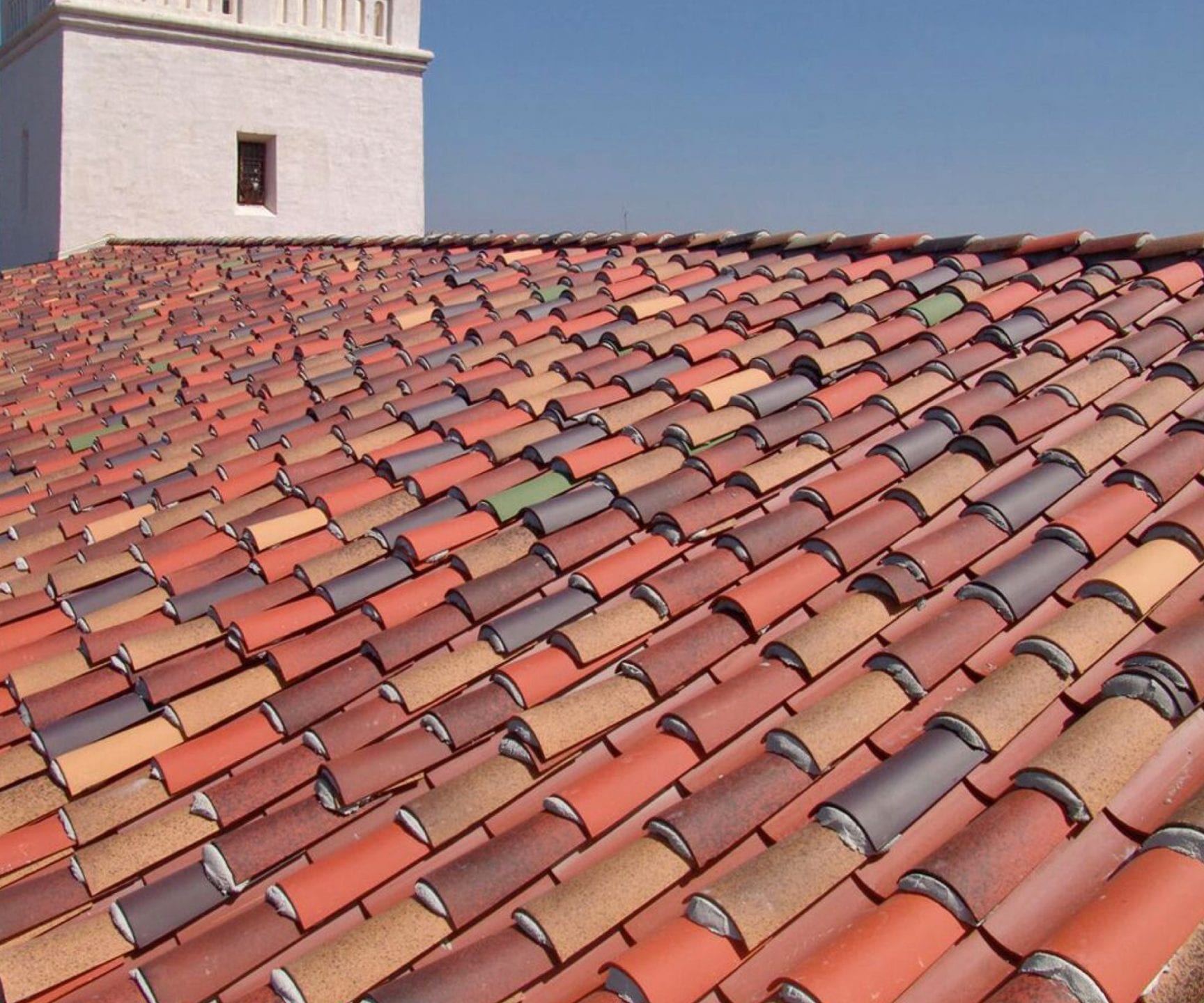Table of ContentsTile Roofs 101: 4 Reasons Homeowners Love Clay And ConcreteClay Roofing Tile Repair & InstallationRoof Tiles: The Complete Guide To Tile RoofingHow Long Does A Tile Roof Last On Average
 Concrete Roof Tile - Get To Know The Benefits
Concrete Roof Tile - Get To Know The Benefits
Although many tile roofings are found in warm environments, they can be used in cold regions, too. When installing a clay or concrete tile roofing in a cold climate, however, ask for products designed to handle freeze-thaw cycles. The greatest threat to tile roofings can be individuals: The tiles typically are not developed to manage foot traffic and are susceptible to being broken or broken by negligent treatment.
A roof constructed of concrete, clay, or slate may be the last roof you will ever need. Clay or slate tiles might last more than 100 years, while many concrete tile includes a 50-year service warranty. Slate is one of the most durable and lasting roof products, with a life expectancy of 100 to 150 years or more.
Over their long life-span, nevertheless, concrete, clay, and slate tiles can offset their initial expenditure. Due to a high thermal mass, tiles do a better task of managing the temperature level of your home, thereby helping you minimize cooling and heating bills. The sturdiness and durability of clay, concrete, and slate also mean that you conserve cash by not changing your roofing system numerous times over the years.
Find a roofing contractorGet totally free, no-commitment estimates from expert roof contractors near you. Photo: Zillow Digs home in Centennial, COTile roofing systems are absolutely not diy projects! Concrete, clay, or slate tiles ought to just be set up by expert roofer who are experienced in handling these products and the accuracy they require during setup.
Then, roofing system tiles must then be installed in a particular pattern in order to guarantee that the tiles will https://www.dcroofingarizona.com/wiki/residential-roofing/ remain in place and the roof will not leak. The pitch of your roofing system likewise is a concern, as concrete, clay and slate tiles can not be utilized on roofing pitches listed below 4:12.
Tile Roofs - Understanding The Basics
These products are particularly heavy: While a typical asphalt setup weighs about 230 pounds per square, a tile roofing can range anywhere from 580 to nearly 1,100 pounds per square. Setting up clay, concrete, or slate on the roofing likewise might involve investing more money on additional framing products to reinforce the roofing system and permit it to support the included weight.
Photo: flickr. com via lo fidelionAlthough tiles are incredibly long lasting and will last for decades or centuries, the product under the tiles will need some upkeep, especially when using concrete tiles. The underlayment material will require to be changed every eight to 20 years, which involves getting rid of the tiles, changing the underlayment, and then reinstalling the tiles.
Glazed or ceramic finishes are essentially mildew-proof, so these are a much better choice for locations that get significant rainfall. In basic, concrete roofing tiles soak up about double to amount of water that clay tiles take in (13 percent versus 6 percent) and for that reason are more vulnerable to mildew, algae, and moss.
Clay tiles are likewise more resilient. A setup of clay roofing system tiles can be expected to last 100 years. (The average lifespan of concrete roof tiles is about 50 years.) Because they wear so well over time, clay roofing tiles include substantially to a house's resale worth. At $700 to $1,000 per square, clay costs twice as much as concrete.
Tile roofing is very typical throughout the US, especially in the southwest. The term tile can actually mean anything from cement and concrete to terracotta tiles, or slate stones to fiber-reinforced artificial tiles. While tile roof installations are among the most expensive alternatives, the. Possibly the most essential advantage of tile roofing is its life expectancy.
Residential Tile Roofing
Tile roofs surpass all other types of roofing products for longevity. It does not appear to matter if the material is cement, concrete, terracotta, slate or fiber-reinforced artificial tiles, as long as regular upkeep takes place, these roofings have incredibly long life-spans. Aside from its aesthetic appeals, tile roofing is totally fire resistant stone does not burn.
 How Long Do Concrete Tile Roofs Last?
How Long Do Concrete Tile Roofs Last?
While tile roofing holds up well to a number of the severe climate condition the southwest needs to offer, it can still take damage. Severe weather condition, wind, hail, and cold can trigger tiles to break or be blown off. The components, time, developing movement and inaccurate setup can trigger mortar to become loose.
Moreover, the metal valleys that protect the tiles to your roofing system can become corroded due to the existence of leaves or debris, or using cement-based mortar. The majority of these events are unusual and irregular, but they do occur. While the tile can last for decades, the, and should be replaced to maintain your roofing system.
Regular, visual inspections from the ground are encouraged, however, in order to detect and fix small issues before they grow to bigger complications.
A tile roofing can be a gorgeous addition to your home that offers enduring defense and value. When it pertains to residential roofing, tile roofs are a fantastic choice since they are well-suited to severe desert environments and are resilient versus heat, sunlight, and the unusual summer season storm. However, that very same environment can take a toll on a tile roof's underlayment (the layer of material between the roof deck and tile).
Tile Roofing Pros & Cons
In addition, if you already have a tile roofing, you can identify the cost for domestic roofing repair. Tile roofing systems have a more advanced construction than other types of roofings offered the tasks they should perform. A tile roofing system need to bear the considerable weight of its tiles for decades across a variety of weather conditions.
The International Residential Code advises that clay or concrete tile roofs have a minimum pitch of 2. 5:1 while slate roofings ought to have a minimum pitch of 4:12. The foundation of a tile roof is the roofing system deck (the layer of product that serves as a barrier from outdoors components and bears the load of all the other elements of the roofing system).